Winning with Options: The Smart Way to Manage Portfolio Risk and Maximize Profit
$15.81
| Author(s) | |
|---|---|
| Pages |
256 |
| Format |
|
| Publication Year |
2008 |
Winning with Options explains strategies for portfolio management, including explanations of option terminology, market risks, and the mechanics of trades.
Introduction:
Options are complex financial instruments. They are intangible, have a limited lifetime, and are confusing as the result of the industry’s own specialized lingo. All of this can be troubling if you do not thoroughly understand how options can be used.
To really achieve a better return, you need to figure out how to arrive at a sensible, safe, and effective method to protect your stock positions while producing extra cash flow. This is where sensible application of options comes into the picture. Options can be used:
- To ensure a profitable position in a stock without needing to take profits. Using long puts, you can guarantee that if the stock goes down, you will keep your profits.
- In a ‘‘contingent purchase’’ strategy. Under the right circumstances, this strategy increases current yield with little added risk and is smarter than buying additional shares of stock.
- To actually take profits using covered calls while keeping the stock and dividends. The covered call is a cash cow for stockholders and can be used to take current yield up into double digits with no added market risk.
- To leverage relatively small amounts of capital, limiting risk. Buying long-term options sets the price, so that you can decide to: (1) take no action because the stock did not go up, (2) sell the option at a profit, or (3) exercise the option and buy 100 shares of stock at a price far below current market value. Maximum risk is limited to the price of the option.
- To control stock for up to three years without purchasing it. The alternative is to buy 100 shares of stock, but with options you can keep the possibility open while risking very little capital.
- To effectively play both sides of swing trading and day trading strategies, without ever having to go short. Short-term traders using only stock have to take extraordinary risks when selling short to play both sides, or to reduce risks by only acting on buy signals. Options solve this problem while enabling short-term traders to vastly expand their trading portfolio, since options cost much less than stock.
Contents:
- A Few Basics
- Setting Portfolio and Risk Goals
- The Strange World of Options Lingo
- A Primer on Options Trading
- Spreads and Straddles
- The Contingent Purchase Plan
- Options for Short-Term Profits
- Tax Rules for Options
- Diversifying by Strategy Instead of by Stock
- A Long-Term Portfolio Planning Guide
Winning with Options: The Smart Way to Manage Portfolio Risk and Maximize Profit By Michael C. Thomsett pdf
1 review for Winning with Options: The Smart Way to Manage Portfolio Risk and Maximize Profit
Clear filtersOnly logged in customers who have purchased this product may leave a review.

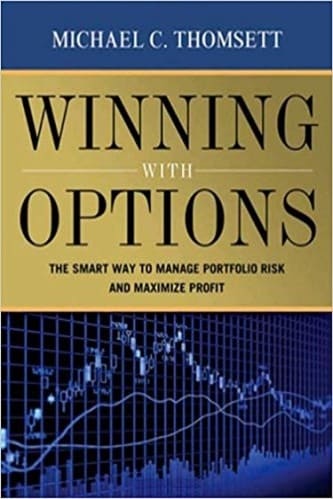
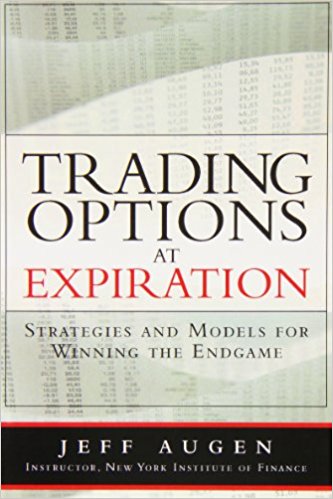
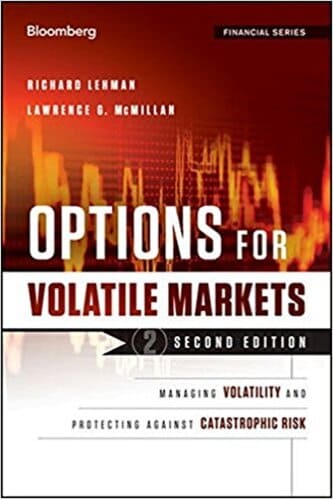
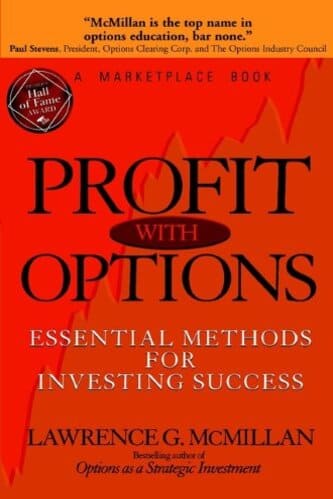
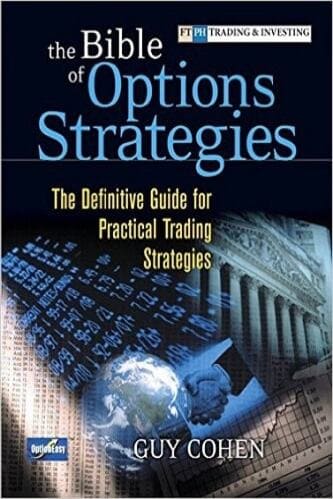
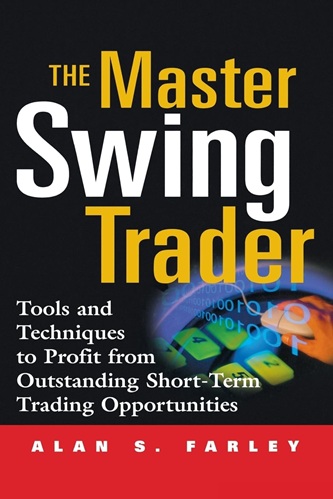
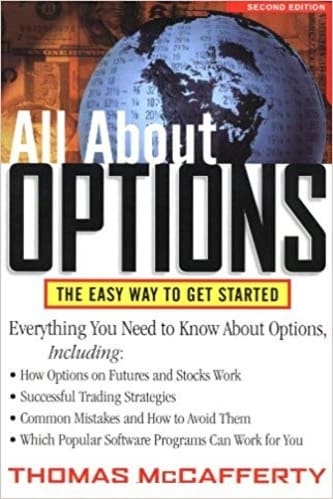
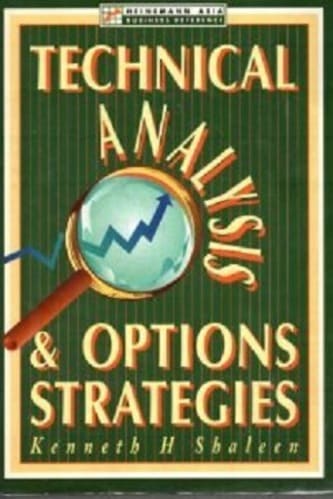
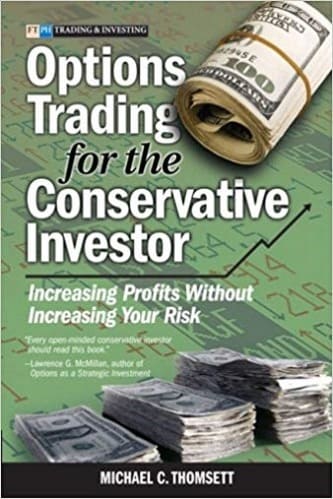
Alec King (verified owner) –
This is one of the better books on options for the novice. The author writes clearly and without hyperbole. He explains how options used properly are a conservative way to manage stock investments. I would recommend it to anyone who has experience investing in the stock market and is considering options to expand their repertoire. For a more comprehensive study, one needs to read McMillan and/or one of the other more substantial books of course.